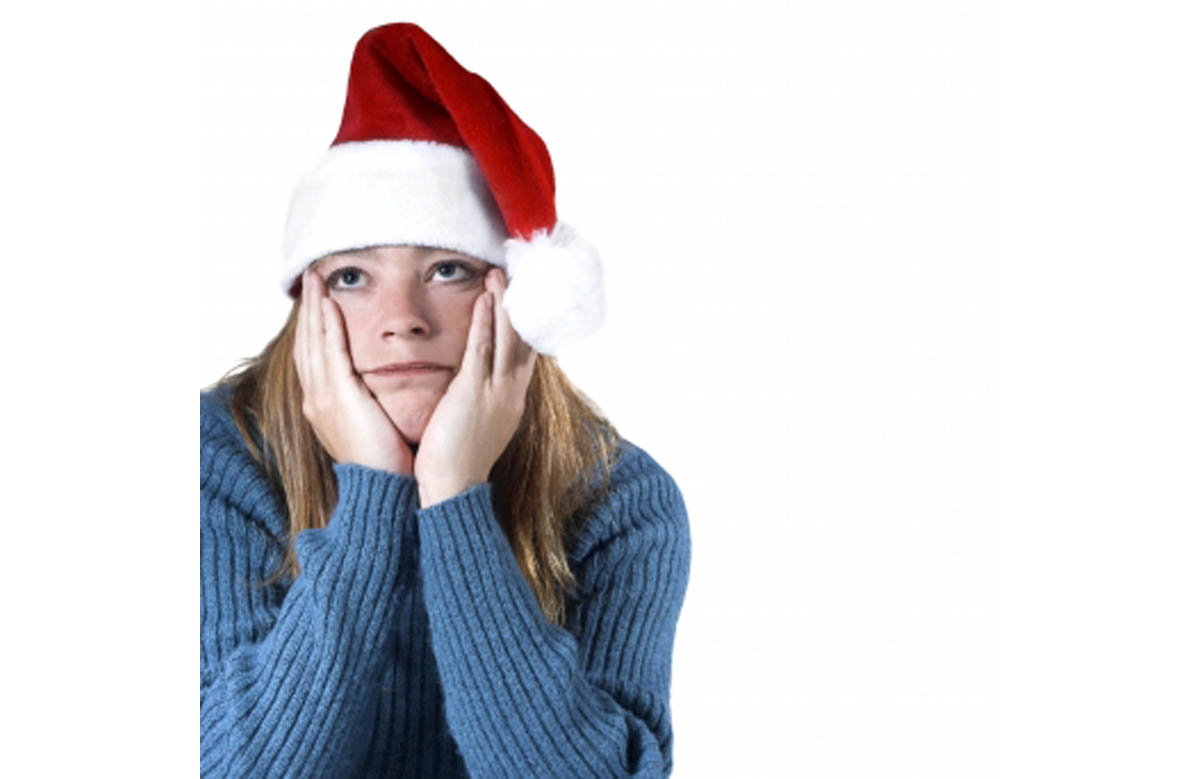Table of Contents
Sometimes Christmas Depression is Just SAD
Throughout the Western world, there is no time of year more intensely associated with depression than Christmas. Suicide rates peak in December, and monthly incidents of crime and violence are highest at this time of year as well. Although Christmastime depression certainly can be associated with personal losses, a less frequently considered source of the condition is seasonal affective disorder, also known as SAD.
SAD, a biologically based condition that is worst around the winter solstice. Seasonal affective disorder is a source of depression that gets worse and worse as days get shorter and shorter, but then goes away during the spring and summer. More common in women than in men, SAD usually begins in late the teenage years and comes back every year throughout the rest of the lifespan. Many sufferers of SAD experience all or most of these symptoms:
- Carbohydrate cravings, especially at night

- Decreased ability to focus on tasks at hand after lunch
- Decreased interest in work or social activities
- Depression that starts in fall or winter
- Increased appetite, especially for “munchies,” with weight gain
- Increased sleep and excessive daytime sleepiness
- Lack of energy in general
- Slow, clumsy, sluggish, lethargic movement
- Tendency toward falls, cuts, and scrapes
- Withdrawal from social activities
- Smith, E. and Beyond Blue: The National Depression Initiative. Treating depression: the Beyond Blue guidelines for treating depression in primary care. “Not so much what you do but that you keep doing it.” Med J Aust 2002,20:176(suppl):s77–8


